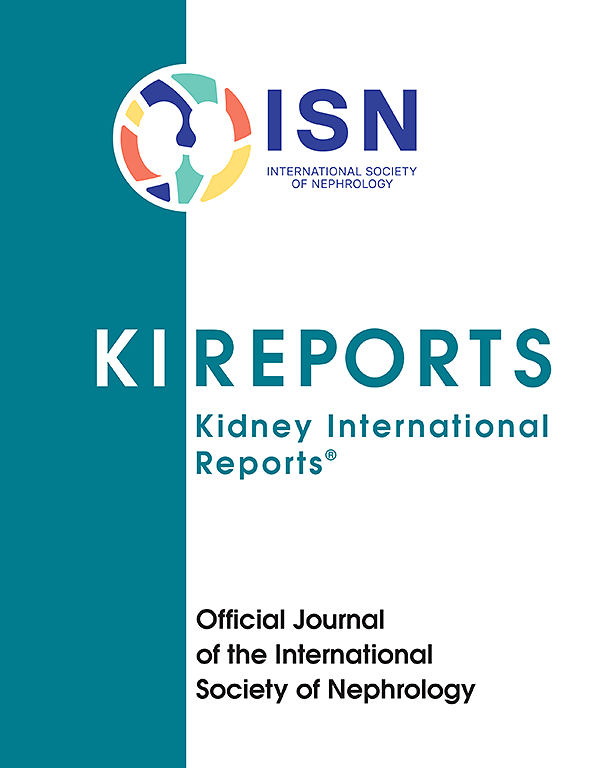The Role of Mitochondrial AKT1 Signaling in Renal Tubular Injury of Metabolic Syndrome
IF 5.7
2区 医学
Q1 UROLOGY & NEPHROLOGY
引用次数: 0
Abstract
Introduction
Metabolic syndrome (MetS) is increasingly recognized as a contributor to kidney disease, yet the underlying mechanisms remain poorly defined. Recent studies suggest a pivotal role for mitochondrial dysfunction in renal injury. We hypothesized that mitochondrial AKT1 signaling in renal tubules plays a critical role in MetS-related kidney injuries.
Methods
MetS was induced in a 8-week-old C57BL/6 male mice using a high-fat diet (HFD) for 4 months compared with controls on a standard chow diet. Additional experiments were conducted in DB/DB diabetic mice and their controls (WT and DB/WT) to validate findings. Renal metabolic parameters, mitochondrial AKT1 signaling, and markers of kidney injury were assessed.
Results
MetS mice exhibited significant weight gain, altered glucose handling, and decreased energy expenditure. Although kidney size and basic renal function (blood urea nitrogen [BUN], creatinine) were unchanged, markers of renal damage, including proteinuria (P = 0.0002) and KIM-1 (P < 0.0001) were elevated. Histological analyses showed increased tubular injury (P < 0.0001) and glomerulosclerosis (P = 0.0004). Transmission electron microscopy revealed aberrant mitochondria (P < 0.001), with reduced cristae length (P = 0.012) and numbers (P < 0.001). Immunohistochemistry, immunofluorescence, and Western blot analysis confirmed increased phosphorylated AKT1 (pAKT1) in the mitochondria of renal tubules (P = 0.0474), findings corroborated in DB/DB mice. This translocation of pAKT1 into mitochondria correlated with decreased cell viability upon inhibition of heat shock protein 90, indicating a dependency on mitochondrial AKT1 for cell survival.
Conclusion
These findings underscore the mechanistic link between mitochondrial AKT1 signaling and renal tubular injury in MetS. Targeting mitochondrial dysfunction may offer new avenues for preventing and treating kidney diseases in patients with MetS.

求助全文
约1分钟内获得全文
求助全文
来源期刊

Kidney International Reports
Medicine-Nephrology
CiteScore
7.70
自引率
3.30%
发文量
1578
审稿时长
8 weeks
期刊介绍:
Kidney International Reports, an official journal of the International Society of Nephrology, is a peer-reviewed, open access journal devoted to the publication of leading research and developments related to kidney disease. With the primary aim of contributing to improved care of patients with kidney disease, the journal will publish original clinical and select translational articles and educational content related to the pathogenesis, evaluation and management of acute and chronic kidney disease, end stage renal disease (including transplantation), acid-base, fluid and electrolyte disturbances and hypertension. Of particular interest are submissions related to clinical trials, epidemiology, systematic reviews (including meta-analyses) and outcomes research. The journal will also provide a platform for wider dissemination of national and regional guidelines as well as consensus meeting reports.
 求助内容:
求助内容: 应助结果提醒方式:
应助结果提醒方式:


